Never Mind the Bollocks, Here’s the Sex Pistols
Buy Never Mind the Bollocks, Here’s the Sex Pistols The ongoing tradition of rock n roll has always been to push conventional boundaries and be a voice for the youth. In the 1950s, […]

Buy Never Mind the Bollocks, Here’s the Sex Pistols The ongoing tradition of rock n roll has always been to push conventional boundaries and be a voice for the youth. In the 1950s, […]
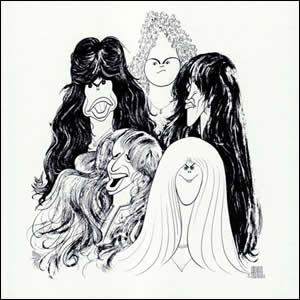
Buy Draw the Line Aerosmith‘s fifth album in 1977 came after the phenomenal success of 1975’s Toys in the Attic and 1976’s Rocks. Although the momentum continued to an extent with Draw the […]
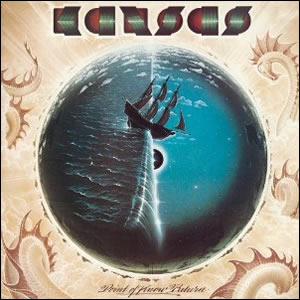
Buy Point of Know Return In 1977 while most classic rock artists were migrating towards simple, accessible music, Kansas was one of the last stubborn holdouts to compose pure prog rock. Although the […]
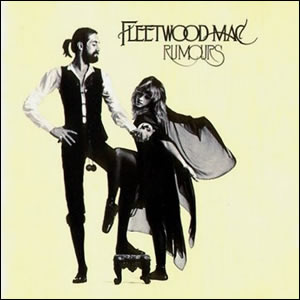
Buy Rumours It took the band Fleetwood Mac ten albums and many lineup shifts to achieve mainstream commercial success, but the group got there with their 1975 eponymous release. This was the first […]
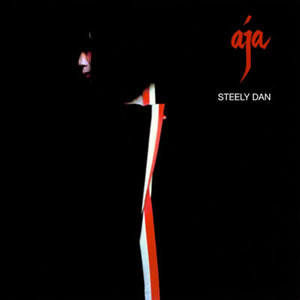
Buy Aja Aja was the best album produced by the Steely Dan. With the sixth album by the group, driven primarily by keyboardist and vocalist Donald Fagen and bassist Walter Becker, the songs […]
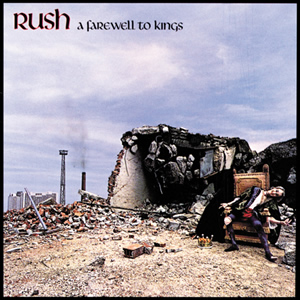
Buy A Farewell to Kings A Farewell To Kings is the fifth studio album by Rush. It follows 2112, the band’s initial commercial breakthrough in 1976 (check out our Review of 2112). With […]
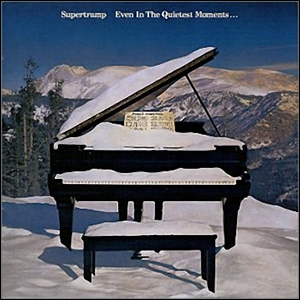
Buy Even In the Quietest Moments Even In the Quietest Moments was the third of four consecutive great albums produced by Supertramp in the mid to late seventies. However, this album was unique […]

Buy Animals One of the more underrated classic albums, Pink Floyd‘s Animals is set up like an epic movie with three self-contained sub-chapters and sub-plots that somehow all tie together in the end. […]